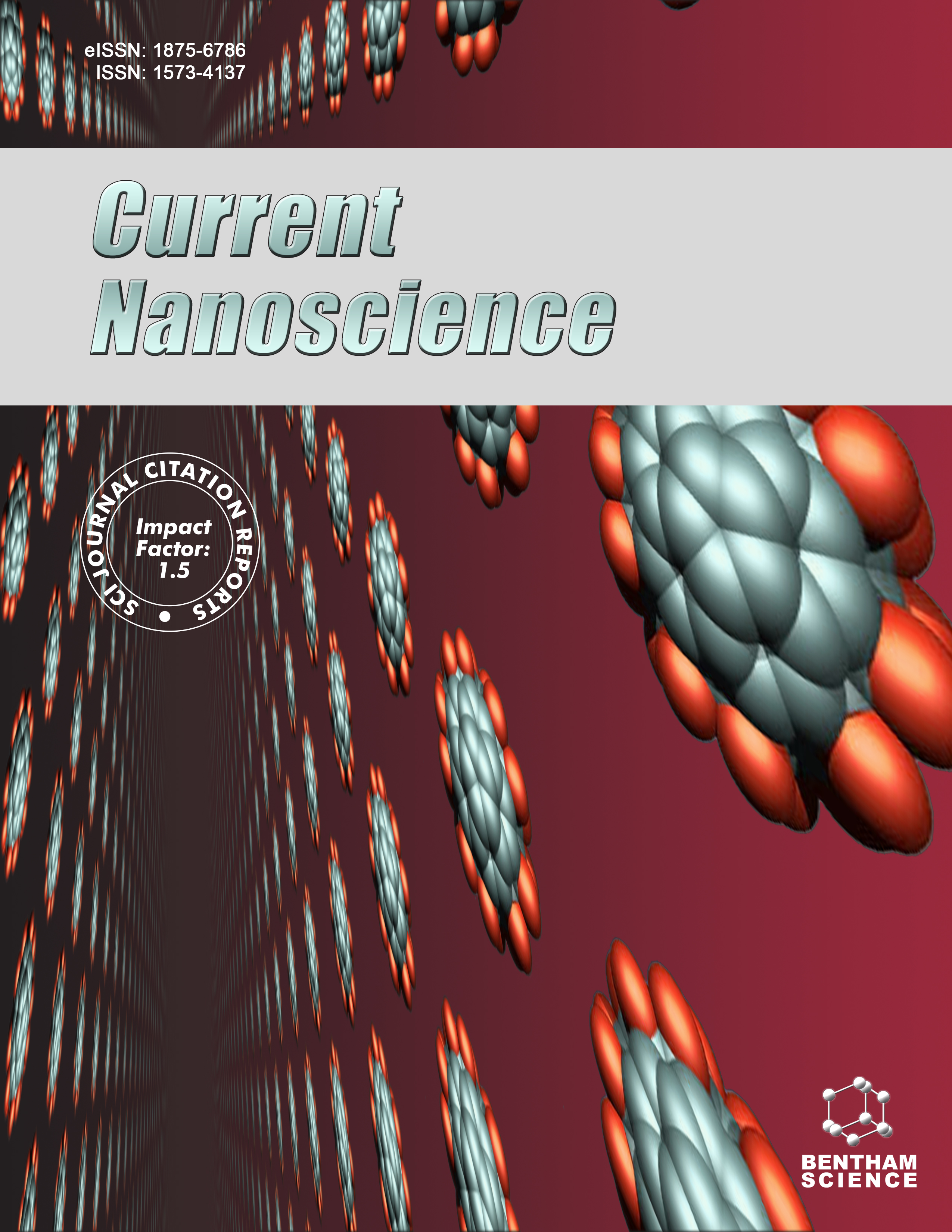
Full text loading...
We use cookies to track usage and preferences.I Understand
Heavy metal contamination of food and the environment is a major concern worldwide. Conventional detection techniques like atomic absorption spectroscopy (AAS), inductively coupled plasma-optical emission spectrometry (ICP-OES) and inductively coupled plasma-mass spectrometry (ICP-MS) have limitations including high costs and insufficient sensitivity. Electrochemical sensors based on carbon nanomaterials have emerged as an attractive alternative for rapid, affordable, and ultrasensitive heavy metal analysis.
This review summarizes recent advances in using carbon nanomaterials like ordered mesoporous carbon, carbon nanotubes, graphene and carbon dots for electrochemical sensing of toxic heavy metals. Synthesis methods, characterization techniques, functionalization strategies and detection mechanisms are discussed.
High surface area, electrical conductivity and electrocatalytic activity of carbon nanomaterials enable preconcentration of metal ions and signal amplification at electrode interfaces. This results in remarkably low detection limits down to parts per trillion levels. Functionalization with metal nanoparticles, molecularly imprinted polymers and other nanocomposites further improves sensor selectivity and sensitivity. These sensors have been applied for the quantitative detection of arsenic, mercury, lead, cadmium, chromium, and other toxic metals in lab samples.
Electrochemical sensors based on carbon nanotubes, graphene, mesoporous carbon, and carbon dots are rapidly emerging as an ultrasensitive, cost-effective alternative to conventional techniques for on-site screening of heavy metal contamination in food and environment. Further validation using real-world samples and integration into portable field testing kits can enable widespread deployment.

Article metrics loading...

Full text loading...
References


Data & Media loading...

